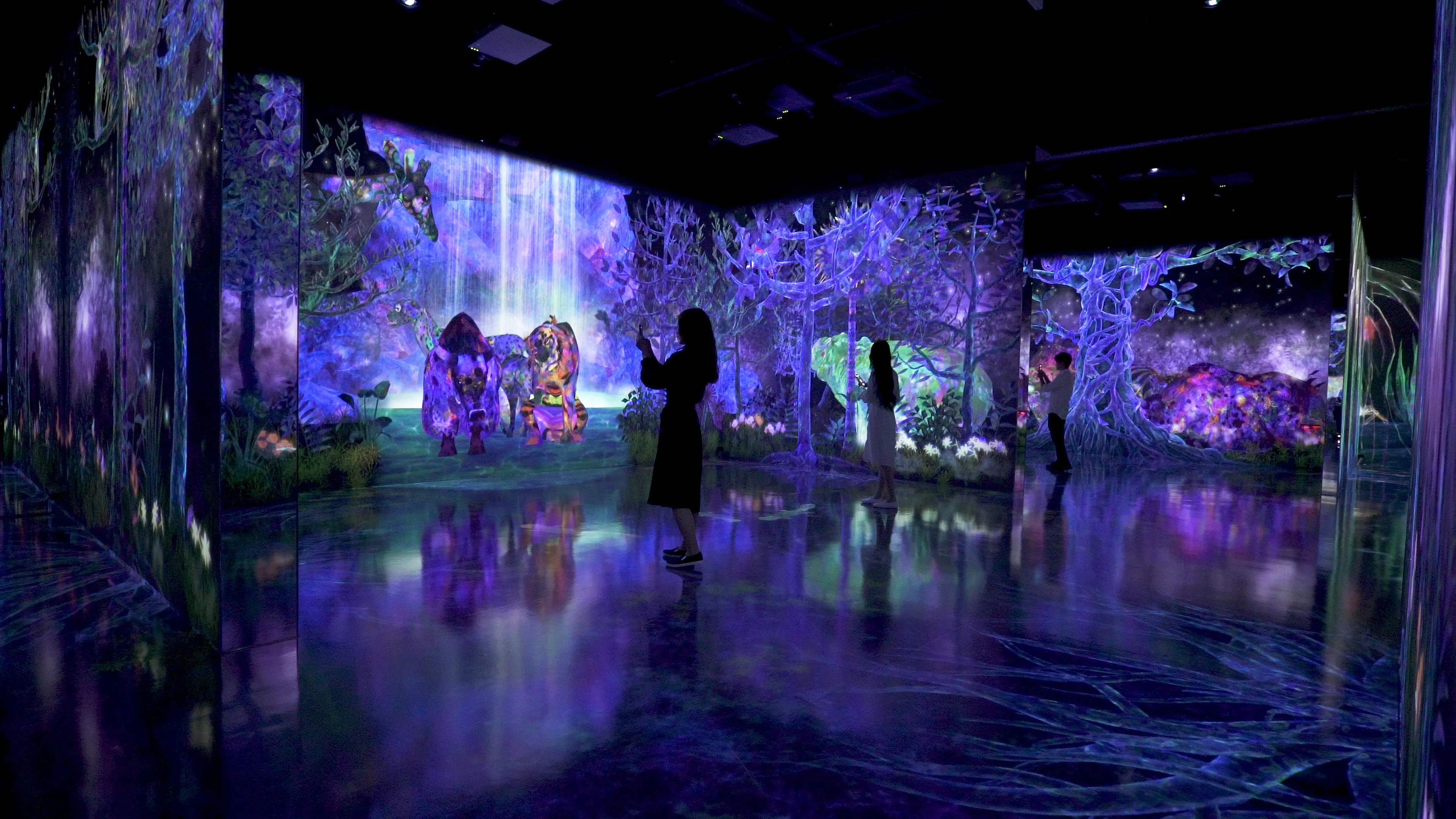
Catching and Collecting is fun, it's a way of learning, and part of life
2020
When we were young, everyone was crazy about catching and collecting things.
Over the long history of humankind, which is said to be 6 million years, humans have survived by hunting and gathering until we started to farm and raise livestock 10,000 years ago. Of those 6 million years, about 5.99 million (99.8%) were spent physically exploring the forests with others, catching animals and gathering plants, thus causing our brains to evolve and adapt to this way of life. Humans have survived by exploring, by catching and gathering, by studying and learning. It is for this reason that we instinctively find the acts of catching and gathering to be fun.
Modern society is fast-changing and unpredictable. In order to cope with such a society, it is essential to continue learning over the course of our lifetimes. What is needed in the coming era is independent learning based on our own interests. In other words, we believe that voluntary learning based on one’s own interests is paramount.
Physically exploring with others, discovering and catching something, then taking the chance to research and broaden interests based on what was caught. This is what we have been doing naturally over the long course of human history.
For humans, catching and collecting is fun, it's a way of learning, and it's a way of living.
FEATURED WORKS

Catching and Collecting Forest - A Whole Year per Year
teamLab, 2020, Interactive installation, Endless, Sound: Hideaki Takahashi
The Catching and Collecting Forest is a new learning space based on the concept of Catch, Study, Release, in which people explore the world with their bodies, discovering, catching, and broadening their interests based on what they catch. Explore with your smartphone, catch various animals, study them, and create your very own collection book.
Depending on the season, different animals live in this forest and ocean that change with the flow of real time. When you touch an animal, it will turn to face you or run away.
Download the Catching and Collecting Forest smartphone application.
When you use your smartphone's camera to look at an animal moving in the space and release a Research Eye at the animal in the camera’s view, the eye flies out from your phone into the real space. When the Research Eye reaches the animal, it disappears from the space and is added to your smartphone’s collection. Information about the animals you catch will be stored in the app's collection book.
When you swipe a captured animal towards a location you can see in the app’s camera, the animal is released and returns to that location.
You can also throw a Research Net at your feet to catch animals. Work together with those around you, use your body to drive animals into the Research Net to catch them, and watch as they disappear from the space and, at the same time, appear in your collection book. Swipe the captured animals away to release them at your feet.
The more you catch the same animal, the more detailed information you can record in your collection book.